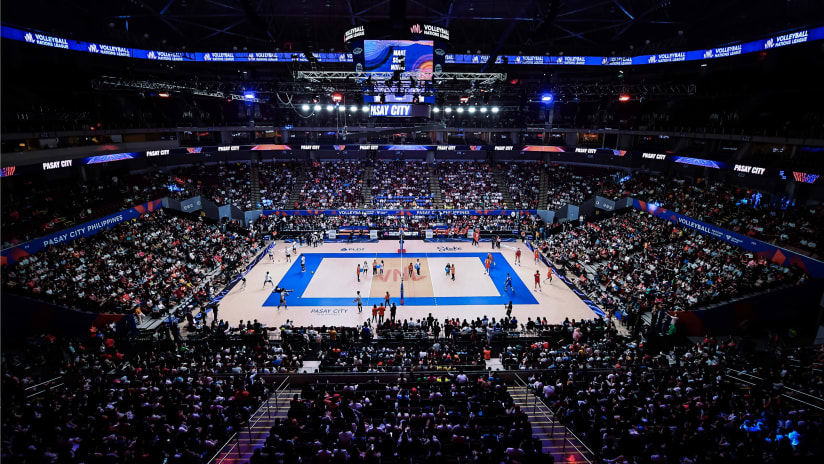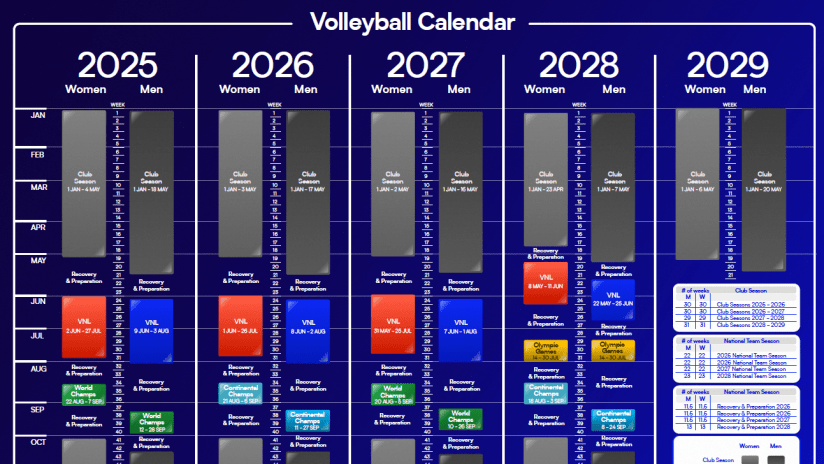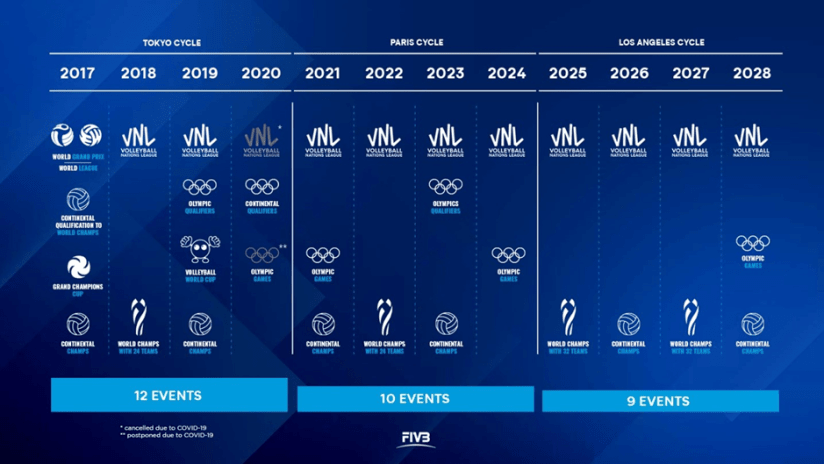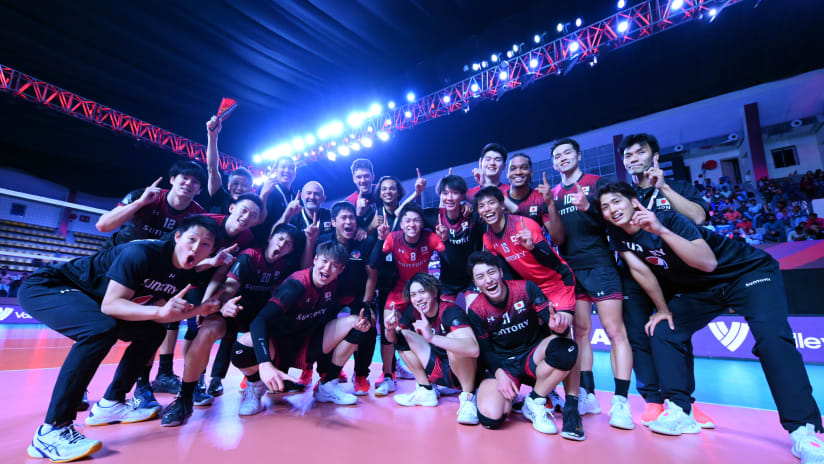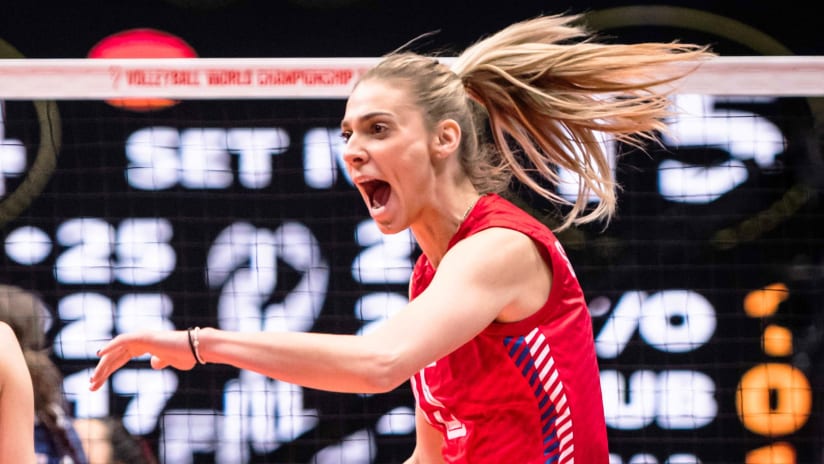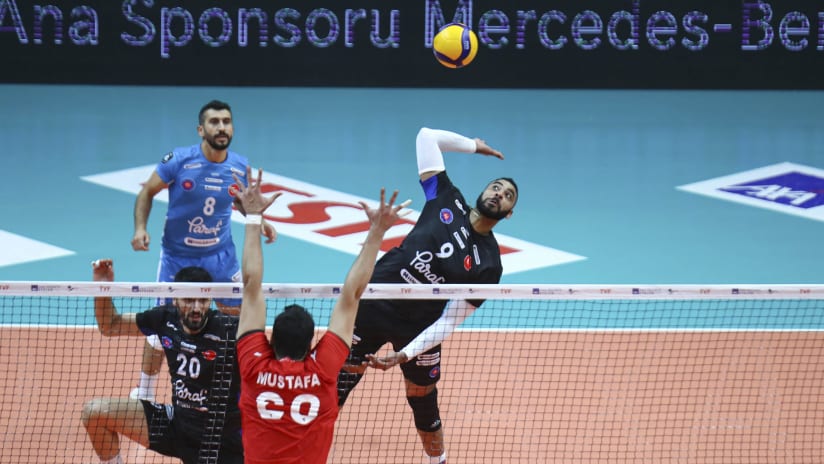Protecting athlete health and well-being is also at the heart of the new volleyball calendar with 50 per cent of the international season now dedicated to team recovery and preparation.
Notably, the 2025-2028 calendar will see an increase of weeks for players’ recovery and preparation compared with the Paris 2024 cycle, for a total of 11.5 weeks per year, while the Olympic year of 2028 will see an extended recovery period of 13 weeks.
The optimisation of the calendar also includes consistent dates for flagship events and simplified tournament formats to facilitate teams’ preparation planning, while making it easier for fans to follow all the action.
FIVB President Dr Ary S. Graça F° commented:
“In my over 60 years in volleyball as a national team player, National Federation President, Continental Confederation President and the FIVB President, this is by far the best volleyball calendar ever released. This sentiment is echoed by the feedback we have received from our extensive consultations with all of the sport’s major stakeholders.
“Through the optimisation of the calendar, we are expecting the best athletes and teams to be part of all the major events. In addition, with the World Championships now being held every two years with the participation of 32 teams per gender, we are confident that more countries than ever before will be able to host and participate in this prestigious tournament.”
